Experts at Western Home Journal’s real estate round table indicate that the Greater Park City real estate market is moving fast. There are still some good values, but prices are heading upward.
Western Home Journal hosted its second Park City real estate round table amid a light snowfall coating the lingering leaves of autumn. Discussion began by taking the temperature of the real estate environment for greater Park City as we likened the market to a struggling patient affected by the downturn. The surprise in the market’s condition is the health of the recovery.
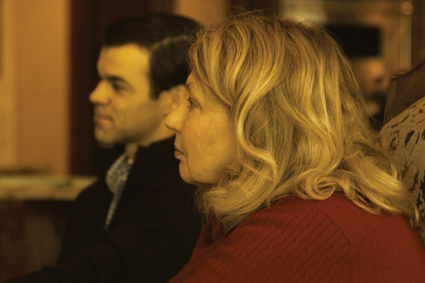
Four of the areas most seasoned and knowledgeable real estate professionals took their seat in a Colony home’s grand dining room overlooking the views of White Pine Canyon and discussed their observations and thoughts, and they posed some intriguing questions of their own. The panel included our hosts, Bob Marsh, Colony Listing Agent, and Bill Ligety, Senior Partner, both with Prudential Utah Real Estate. They were joined by Jess Reid, President of Jess Reid Real Estate, an Affiliate of Christie’s International, and Mark Rodeheaver, Associate Broker, also with Prudential Utah Real Estate. Western Home Journal’s Dan Willett and Thatcher Marsted were there with Ann Zimmerman, who moderated, and photographer Tim Brown.
Ann Zimmerman: If you were a physician attending a patient, what would you say about the patient’s condition? How would you describe the real estate market within the greater Park City area? How are things different since last spring?
Bill Ligety: There is certainly less inventory, and the mood among buyers is more positive.
Bob Marsh: It is very robust in all market areas. It is a healthy patient.
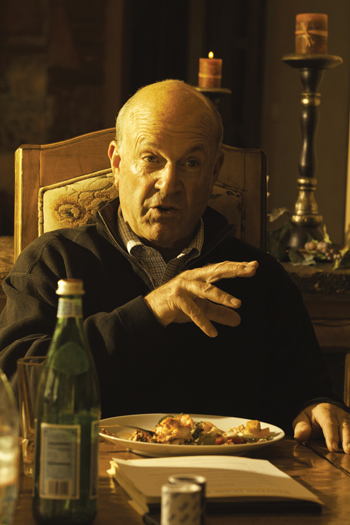
Mark Rodeheaver: I have seen transaction levels higher, inventory lower, and the average days on the market continuing to decline. Collectively, all are signs of a healthier market. The recovering markets in southern California and Arizona have also helped increase demand. It’s exciting to see these changes in and around Deer Valley and Park City.
Ligety: It is interesting. I am seeing more sales at the $10 million dollar level than I have seen since the tech stock decline in 1999–2000. We are starting to see sales at the very high end of the market at $10 million and pushing a little bit higher.
Jess Reid: I see a slow steady recovery since spring. I agree with what these guys are saying. It’s nice to see the real high end starting to move. Deer Valley vacation homes were lagging and not improving as fast as the primary home market, but they have improved dramatically since summer, although this sector is still behind primary residences.
Marsh: It is refreshing to see the single-family home market still the leader. Forty percent of all the sales are single-family homes, and it is 60 percent of the total volume year-to-date. The signals are that families are still moving to Park City and continue to lead the growth.
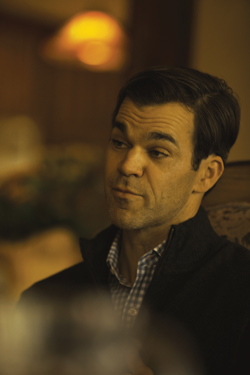
Ligety: Up until fairly recently, it was rare to not have an upper end home without direct ski access. Now, there is more interest in upper end homes away from the slopes with a little acreage and a nice setting because people spend more time here throughout the year or make it a primary residence. In the past, the most expensive homes were all dedicated ski homes.
Marsh: I agree, and people are also moving up to single-family homes from condominiums.
Rodeheaver: This is very true. Five years ago there seemed to be more interest in the all-inclusive lifestyle complexes with extensive amenities. Although still very popular for many families, there appears to be a rising demand for the single-family home, privacy, and additional space to accommodate the extended family.
Dan Willett: Where are the people who are buying here coming from? What’s the draw?
Reid: We don’t see many people moving here from elsewhere in Utah; they are mostly from other parts of the United States. Southern California is at the heart and soul of our clientele and so is the northeast coast.
Ligety: Europeans have other options for ski destinations that are close and convenient, but we do see people from Great Britain. They have to get on an airplane to go skiing anywhere, and cultural and language issues are easy here versus other places in Europe. Plus, they see value here because of the high worth of their currency versus ours. The same is true for Australians. With the shift to a higher value for the Australian dollar, we are seeing Australian buyers.
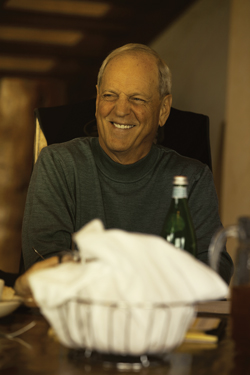
Reid: I would add buyers from Fort Lauderdale and south Florida.
Ligety: I am also seeing more Texans who value Park City as a summer escape for the family. They may like to ski, but it is the summer that draws them.
Marsh: To build on this, I don’t see that there is so much of a change in who is coming, but rather why they are coming. Of course there is the convenience of the airport and the exposure of the Olympics, but I feel they are drawn here because of the strong sense of community Park City offers. There is a real grounding force of community leadership and non-profits, and people who come here want to be part of it. They ask: What can I do? How can I get involved?
Rodeheaver: One thing that ought not to be overlooked is the new skier demographic with three luxury brands that have come into town since 2007: the St. Regis, Waldorf, and the Montage. Not only has this contributed to additional flights from the northeast, it has created attention on Park City as a world-class destination with luxury branded accommodations. I have also seen an increase in the Latin American buyers.
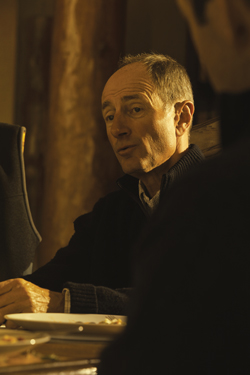
Reid: I think that Park City is becoming a destination for very active retirement. People are skiing four or five days a week in the winter and are outdoors all summer and enjoying a culturally active, dynamic retirement.
Ligety: Yes, I would agree. These people attract each other, and they help involve one another in the community. There are some amazing people moving here, meeting like-minded people, and enjoying social events with one another.
Marsh: I think the transportation infrastructure has to be seen as a draw. With different generations coming together, not everyone wants to do the same things. We have buses and trails so that it is easy to get places and pursue divergent interests. The character and walkability of Old Town is certainly a plus.
AZ: What would be your ideal listing this winter?
Reid: A primary residence; smaller in size, about 3,400 to 5,000 square feet; with the living area on one level; located in Park Meadows; and priced below $1.2 million.
Ligety: Ski-in/ski-out on the main Deer Valley mountain; pretty new; about 5,000 to 7,000 square feet; and under $7 million.
Rodeheaver: To me it seems there is limited slope-side inventory with amenities in Deer Valley. With this, I would like to see a listing for a three-bedroom home with den or media room and under $900 per square foot. The typical ski family making Park City a second home has two to three kids and needs the flex space for the kids and their friends. I also agree with Bill as it relates to the larger home in the $4–6 million mark.
Reid: Lower Deer Valley; totally remodeled; and priced at $750,000 or less.
Marsh: Anything 3,000 to 4,000 square feet that you don’t have to remodel; or entry level in the $400,000 range.
Willett: These sound expensive compared to Sun Valley.
Ligety: So much has been spent by generous contributors to make this a great community that you just have to drive out to Quinn’s Junction to appreciate the public investment: there is a new hospital, an ice arena, the National Ability Center, the U.S. Ski Team Training Facility, a sports complex, and a new public health center.
AZ: What are the biggest barriers that the market is facing? Are they the same as last spring?
Marsh: Lack of inventory, period.
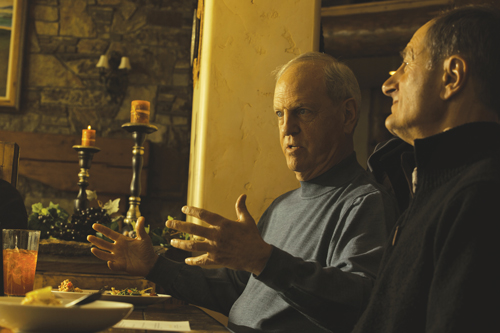
Ligety: Also, mismatched inventory. There are a few homes that are good values, but many properties are dated and need work. Homes that were acceptable 15 years ago are not acceptable to today’s buyer; they are more discerning today.
Marsh: A year ago, people were looking for deals and buying at the bottom of the market.
Ligety: Today’s sellers are in a totally different frame of mind, and they are willing to hang on.
Reid: I have a question: Do you think if supplies stay this low it will restrain sales?
Marsh: That’s the tendency.
Ligety: I think it will push up prices. There are few good vacant home sites, so we will see teardowns.
Rodeheaver: I agree, there is limited land in town, and there are fewer contractors after the downturn. There’s property left in Promontory, Tuhaye, and newer Victory Ranch. Promontory has recovered nicely and has several dozen homes under construction, which is a positive change. All are great options for larger lots, privacy, and club options.
Marsh: With limited land in Park City and Snyderville, the growth will be vertical construction or in the county area, Kamas, and Heber Valley. It’s market-driven.
AZ: What are the things you have your eye on that may affect the market in the future? Are you seeing changes?
Ligety: Yes, as Mark said, we now have big, name brand hotels. Also, Vail is taking over operations at the Canyons. Vail’s reputation gives buyers confidence. There’s a different dynamic in place; Vail sold over 330,000 Epic Passes.
Rodeheaver: Agreed. I would not overlook the opportunity to purchase in the Canyons. With Vail’s operation and Canyon’s new golf course at the base of White Pine Canyon, we’re seeing the improvements. Vail has a long reputation for creating positive ski experiences; consider their recent improvements and vision at Northstar in Tahoe.
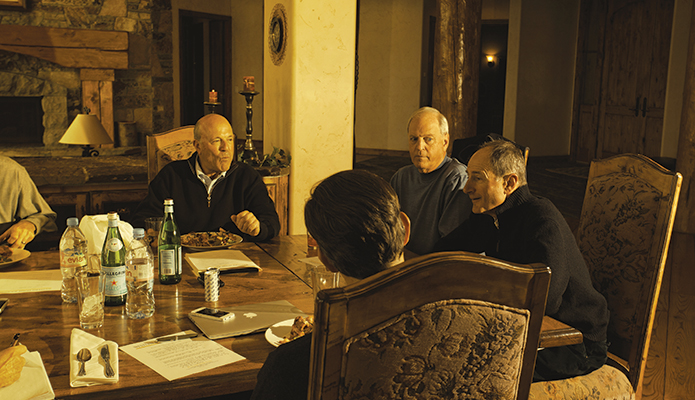
Marsh: Vail’s ski operations are rated either first or second nationally. What we can expect is that Vail will raise the level and do it with class.
Ligety: Vail just made a half-million dollar contribution to local non-profits: ten grants at $50,000 each. With their marketing machine, it will be fascinating to watch the Canyons, and I am confident they will raise the bar.
Marsh: Following up on the question, two new movie studios are planned for Park City: Raleigh Studios at Kimball Junction and Masque Studios at Quinn’s Junction. This will put more pressure on housing, and ski areas can’t expand unless there are beds. Park City will get more media exposure. It’s exciting, and it poses questions.
Rodeheaver: I moved to Park City to manage the real estate at the Montage over six years ago, and this is the third ski town where I’ve lived and sold real estate. What works for Park City is keeping it simple, artsy, and eclectic. There is smart planning, and the appeal is the town’s identity. We have had two children since arriving and truly believe there is no better year-round ski destination for families.
Reid: How many North American ski towns have the airport access of the Heber Valley landing strip, the private airport in Salt Lake, and the Salt Lake International Airport? We’re also a bedroom community, and all this combined is very unusual.
Marsh: The full-time residents add a wholesome, fulfilled lifestyle.
Reid: The schools are so good here. It was the combination of excellent education and the Delta hub that brought so many Delta pilots to Park City in the 80s.
Ligety: I agree that the number of full-time people here results in a stronger sense of community. Going back to opportunities, I think the developed lots in the golf course communities could be great buys right now. There are lower prices in the outlying communities of Tuhaye and Victory Ranch.
Wrapping up, where are the opportunities, or what more may be happening to change the Park City area?
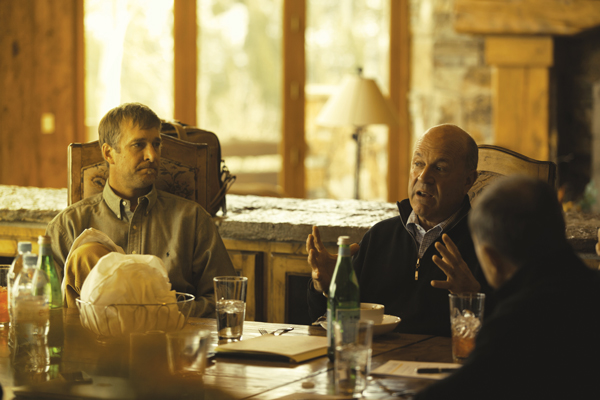
Reid: I think there is an opportunity to transform some of the parking lots into villages, but this takes time. A big change will be the Deer Valley gondola running between Silver Lake and the Old Town Transit Center. It will reduce traffic around Silver Lake Village. There is also an unknown of whether Talisker can connect with Brighton, and when the lots permitted in the Guardsman Pass area will be built. We don’t know what will happen to the Ski Link. The outcome of the dispute between Park City Mountain Resort and Talisker and the impact to the resort are also difficult to predict. Another project that has been held back is Park City Heights in Prospector. Ivory Homes was selected to build some affordable and market-priced units. I haven’t heard about that moving forward. There is also the potential for the Treasure Project above the Town Lift.
Ligety: It is difficult to imagine that density at that location.
Rodeheaver: To me, it’s exciting to see new developments with ski-in/ski-out access in and around Deer Valley. It’s been a few years since new construction options have been readily available. Some projects are moving towards mountain contemporary, common in Vail and the Tahoe markets. There also remain good opportunities to purchase luxury branded condominiums. Ultimately, I am enthusiastic about where the market is headed for 2014.
Marsh: The County, Canyons Resort, and Talisker are completing the golf course, and it should be ready for play by September 2014. Also, the long-awaited connector road between White Pine Canyon Road and Canyon Drive is finished and open to traffic.
With that, time ran out. Next spring Western Home Journal will check in again on the Park City real estate scene.